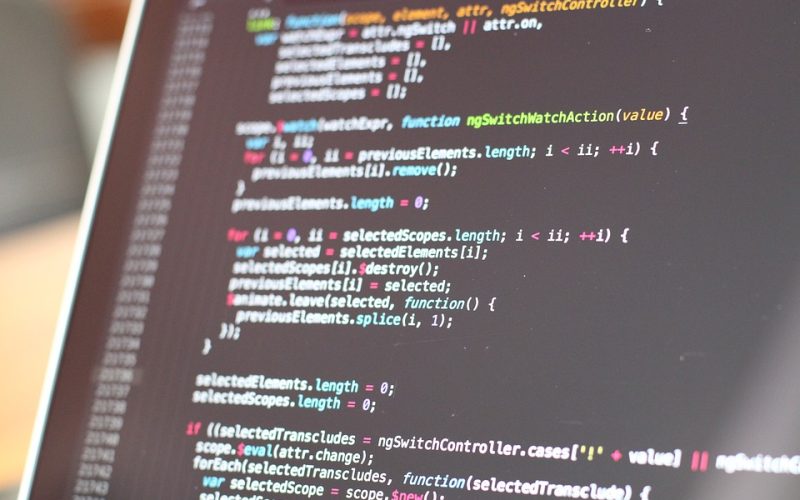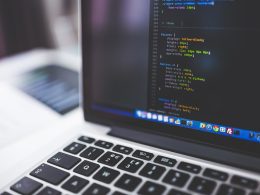What is Programming?
Programming is essentially the process of creating software, websites or apps by giving a computer specific instructions in a programming language. Most programming is done using a text editor or integrated development environment (IDE), which is software specifically designed for coding.
Programming Languages
There are hundreds of programming languages out there, but each one is designed to achieve a specific task. Some of the most popular programming languages include:
1. JavaScript: Used for creating interactive websites, it enables users to add animations, buttons, and other interactive features
2. Python: Ideal for beginners, it has a simple syntax and is used for data analysis, machine learning, web scraping and more.
3. Java: Used for creating mobile apps, desktop applications, and video games.
4. HTML and CSS: Used for building web pages, HTML adds structure to a website while CSS is responsible for the design.
Basic Programming Concepts
Before diving into any programming language, it is important to understand basic programming concepts. These concepts help to create a foundation for programming and are applicable to any language.
1. Data Types: Every programming language has specific data types such as numbers, strings, and Boolean values. Knowing the type of data being used is crucial as every programming language functions differently depending on the data type.
2. Variables: Variables are containers that store values. They can be changed or updated, and its value can be used in the program to achieve certain outcomes.
3. Loops: A loop is a programming tool that repeats a block of code multiple times. There are different types of loops such as for, while, and do-while.
4. Conditional Statements: These statements allow programmers to check and compare specific conditions in their programs. They are used to determine which path a program should take based on specific conditions.
5. Functions: Functions are blocks of code designed to perform specific tasks. They can take input parameters and return outputs.
Conclusion
The world is becoming increasingly dependent on technology. Therefore, programming is becoming an important skill to learn. Whether it’s for creating mobile apps, video games, or automating tasks, anyone can learn programming basics with a little effort and patience. Once the basic concepts are understood, it’s easier to learn and master a specific programming language. Start with a beginner-friendly language like Python and build from there. Remember, practice makes perfect – consistent coding makes programming less intimidating and even more fun.









